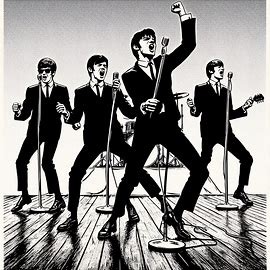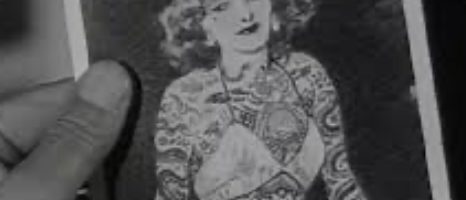Alright folks, here I am back to remind you that history isn’t always a dusty textbook. Sometimes, it’s a deranged sitcom with a laugh track that keeps getting stuck. Take 1963, for example. A year that went from “Ask not what your country can do for you” to “Hold my coca-cola while I watch this presidential limousine turn into a hearse.”
First, JFK decides to get all Martin Luther King Jr. on us, giving a speech about civil rights that had everyone from Alabama to Alaska reaching for their smelling salts. It was kind of like watching your granddad try rap – well-meaning and quite surprising. Then, just as the whole country’s trying to figure out how separate but equal is really a thing, bam! JFK gets ventilated in Dallas. National mood? More confusing than a mime getting good at gospel music.
But hey, the show must go on, right? Enter Dr. King, leading the March on Washington with a dream bigger than a late night TV’s show host’s ego. It was a powerful moment, folks. So powerful, it probably made Richard Nixon sweat milk. Meanwhile, across the Pacific, Uncle Sam decides to get stuck knee-deep in the Vietnam War. Fantastic timing, really. Like joining in a pub brawl right after your therapist told you to manage your anger.
Speaking of managing things, Dr. Michael DeBakey whips out the first artificial human heart. Now, I’m no doctor, but replacing a perfectly good ticker with something that looks like a spare part from a toaster oven? That takes guts. Or maybe just a serious lack of faith in the Almighty?
Oh, and let’s not forget the Supreme Court! Those legal eagles decided prayer and Bible readings in public schools were a no-go. Now, some folks clutched their jewelry tighter than a Kardashian holding onto their baubles after another divorce. Others cheered like they’d just won a lifetime supply of potato chips.
But hey, enough with the heavy stuff! 1963 wasn’t all about assassinations, protests, and personal dread about the afterlife. We had some cracking good movies too! “Charade” proved that even international espionage could be fun especially if you had Audrey Hepburn as your partner. “It’s a Mad, Mad, Mad, Mad World” had us in stitches with its chaotic cross-country race in those Cinerama theaters. And “The Great Escape” showed us that Steve McQueen could jump a fence with a motorcycle better than most people can jump to conclusions.
Now, you might be wondering, “Where were YOU in all this Kevin?” Well, let’s just say I wasn’t exactly hobnobbing with JFK or leading the charge with Dr. King. In fact, I was on my way to succumbing to Beatlemania. But even as a new teenager I couldn’t help but be affected by the rest of 1963. It was a year that was equal parts inspiring, terrifying, and downright hilarious. A year that reminds us that history is a messy business, full of twists you wouldn’t believe if they were in a bad stage play.
So there you have it, folks. 1963: a year that gave me hope, despair, and enough material for a lifetime of stand-up routines. Just remember, if you ever find yourself living through another year that feels like it’s written by a comedy committee on crack, take a deep breath, grab some popcorn, and hold on tight. It’s gonna be a wild ride!
–30–





